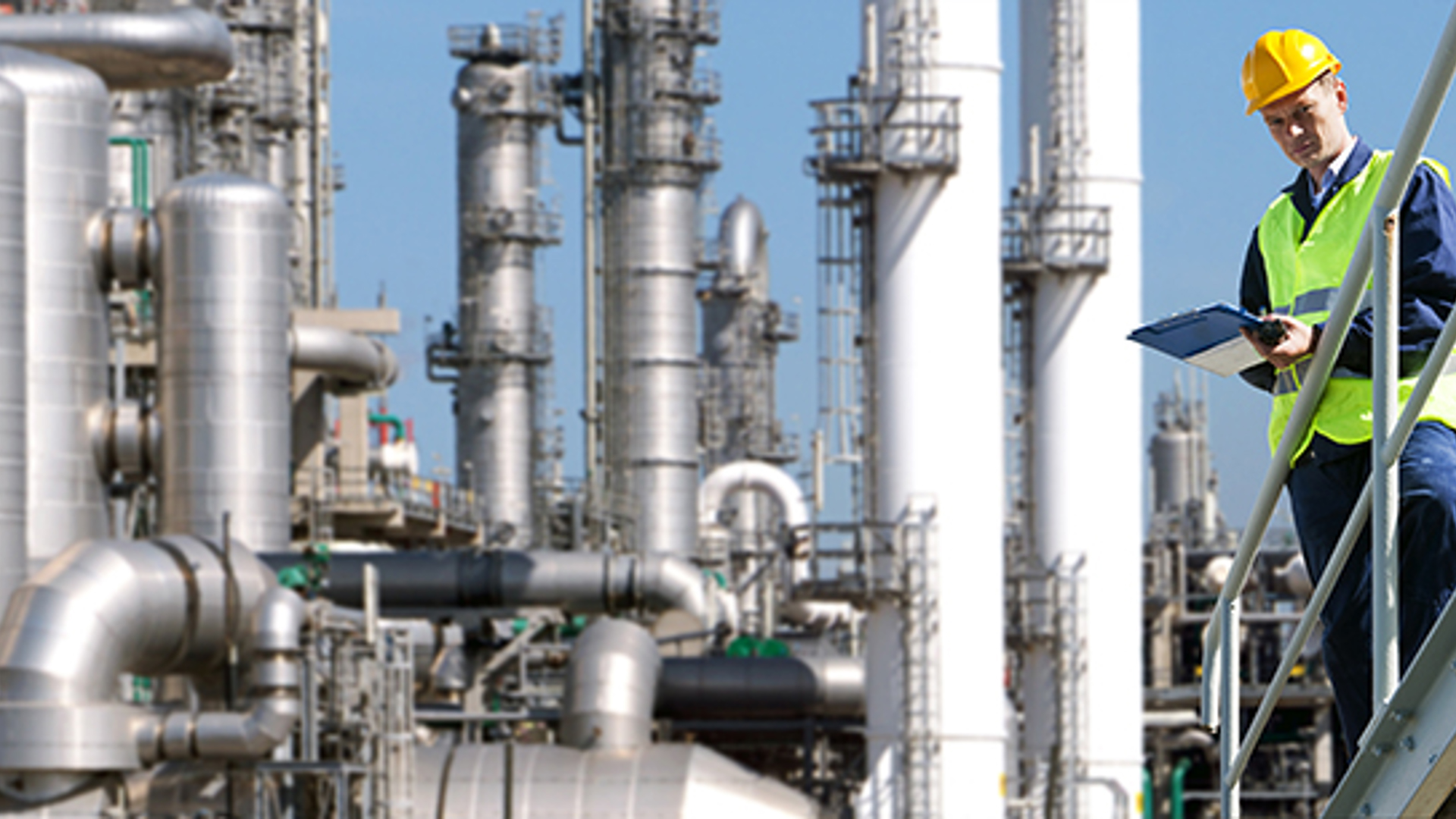ATEX vs IECEx differences explained
When flammable gas, vapor or combustible dust are mixed with air in the correct quantities an explosive atmosphere is created. When an ignition source is introduced, an explosion can take place.
Explosions often result in fatalities or serious injuries together with significant collateral damage. There is also the wider reaching financial and environmental impacts of such events.
It is vital therefore, that the necessary precautions are taken to mitigate and contain explosive atmospheres and to prevent potential sources of ignition from being present.
To increase the awareness and to protect against explosions, a selection of directives and standards exist which ensure manufacturers and operators follow guidelines to achieve the highest level of safety.
The ATEX directive and the IECEx scheme, are two such routes to demonstrate the required level of safety.
What is the difference between ATEX and IECEx certification?
Although both systems are based on the international standards from IEC 60079 series, there are a few differences. ATEX is primarily for use within the European Union and becomes law when adopted by any member state. IECEx on the other hand is fully standards based with a target jurisdiction of all countries worldwide.
A full summary of the difference can be found in the IECEx Informative Guide.
What is the ATEX Directive?
|
Derived from the French ATmosphères EXplosibles, describing the equipment and use of a product to be located in an explosive atmosphere.
The ATEX certification is mandatory across Europe and involves all stages from the manufacture, through to the installation and use of the equipment. |
|
There are two parts:
Directive 1999/92/EC – The ATEX "user" Directive sets out the minimum requirements for ensuring the health and safety of workers potentially at risk from explosive atmospheres.
Measures specified in the directive include:
- Full assessment of explosion risks and associated characteristics
- Classification of the areas with an explosive atmosphere into ‘Zones’ with marking of entry points
- Ensuring safe working conditions
- Duty of coordination for visitors and subcontractors
- Selection of appropriate equipment and protection methods
Directive 2014/34/EU – The ATEX "equipment" Directive is aimed at manufacturers and sets out the requirements for equipment intended for use in potentially explosive atmospheres including electrical equipment used on the surface, below ground and on fixed offshore installations.
The Directive encompasses:
- All equipment intended for use in potentially explosive atmospheres, and which are capable of causing an explosion through their own potential sources of ignition.
- Protective systems intended for use in potentially explosive atmospheres.
Manufacturers must ensure that their products meet essential health and safety requirements and undergo appropriate conformity processes. This typically includes testing and certification by a notified body.
Certified equipment is marked by the "EX" symbol together with additional marking detailing the protection method and temperature classification.
Selecting equipment for explosive atmospheres
What is IECEx?
|
Whilst ATEX certification is a general requirement within the EU, it is not universally recognized internationally.
The IECEx (International Electrotechnical Commission for Explosive Atmospheres) system is widely accepted in many countries globally. |
|
IECEx is an international certification scheme where full compliance with IEC international standards is required.
Qualified IECEx testing laboratories assess products intended for use in potentially explosive atmospheres and IECEx certification bodies issue an "IECEx Certificate of conformity" if the safety requirements of the standards are met.
An IECEx Certificate of Conformity allows for direct market access in many countries, as well as demonstrating that a product complies with international standards in support of any local certification requirements.
Both the technical requirements and the standards used to demonstrate conformity, are almost identical for ATEX and IECEx.
As such it has become a common industry practice for products to contain both ATEX and IECEx certificates.
Find out more about PR electronics’ range of ATEX and IECEx certified devices.
With reference to IEC 60079-11, an intrinsically safe circuit is one which during normal operation and under specific fault conditions does not generate a spark or have sufficient thermal energy to cause ignition of an explosive atmosphere.





